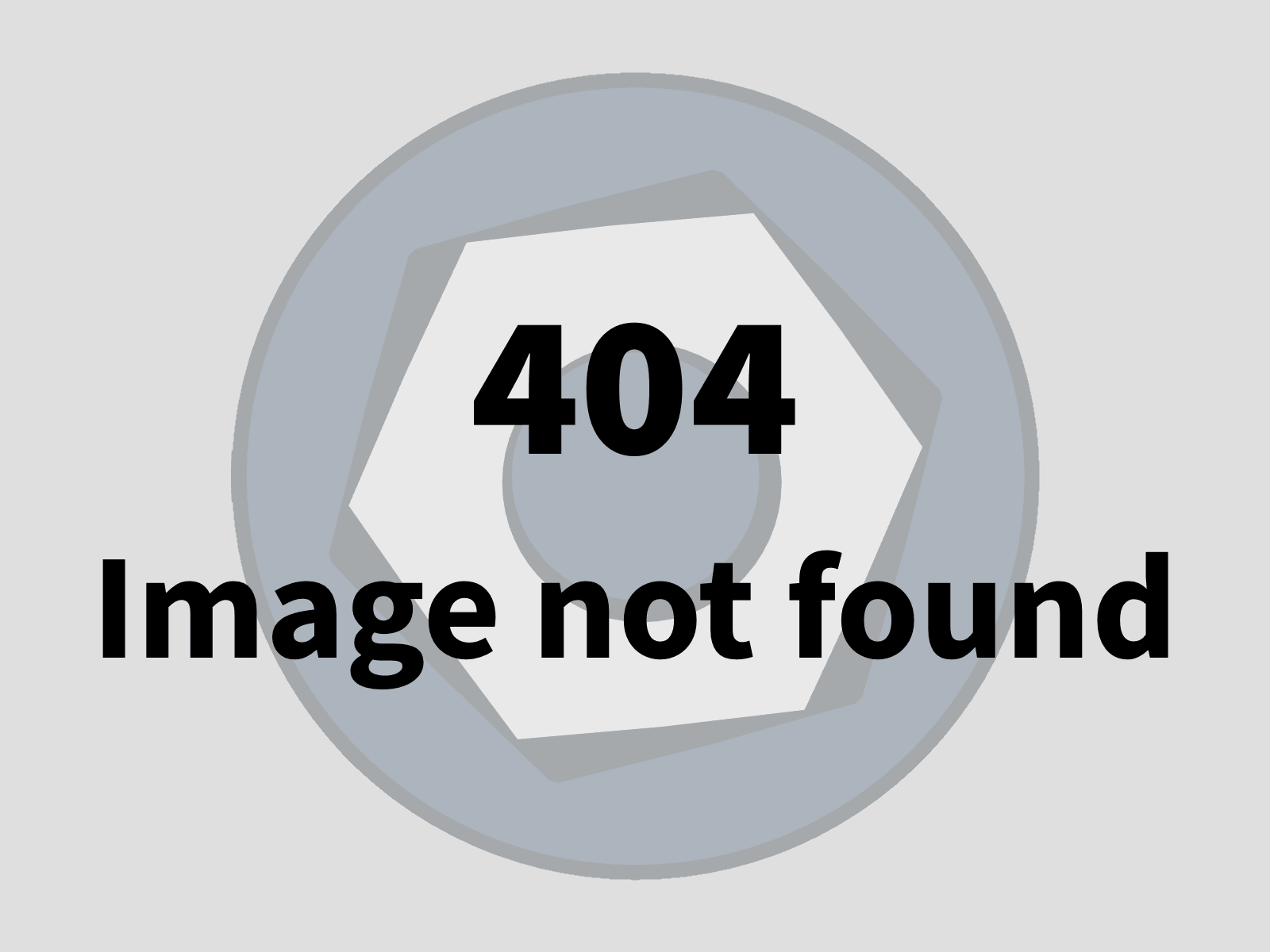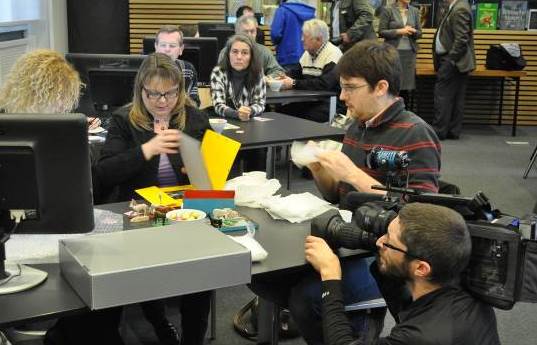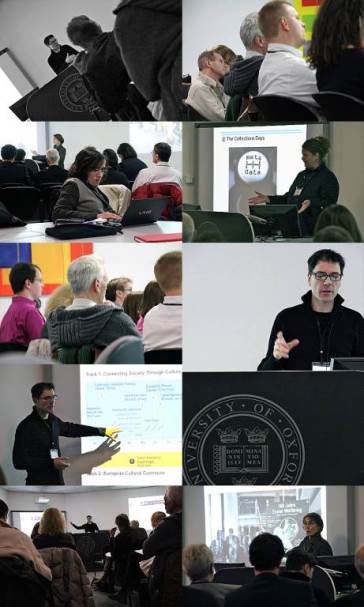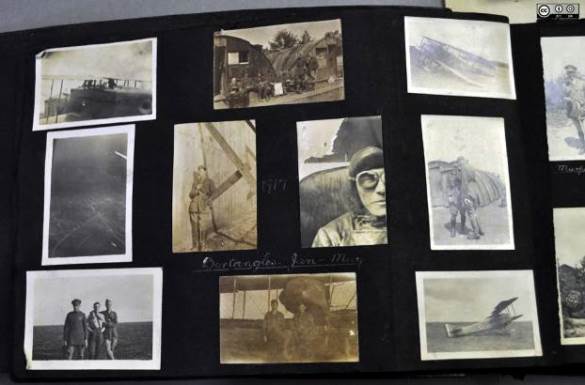Spotlight on Europeana content-gathering campaigns

If you follow our blogs and social media regularly, you'll know about Europeana 1914-1918 and Europeana 1989 - two major projects collecting real stories, experiences and memorabilia from the public about two important periods of Europe's history. You might also be aware of our work with Wikimedia, particularly around the recent Wiki Loves Public Art competition (read our blog on the competition's progress), which is being used to increase the amount of art-related imagery in Wikipedia.
Each of these campaigns is a user-generated content campaign, and the Europeana Awareness project has now produced a very accessible and interesting report on all of this work, with a particular focus on the success of the most established of these - Europeana 1914-1918. Read the Report on the content gathering campaigns.
So far, Europeana 1914-1918 Family History Roadshows have been run in nine countries (Germany, Denmark, Slovenia, UK, Ireland, Cyprus, Belgium, Italy, Luxembourg). Over the next two years, further roadshows will take place in Romania, France, Germany, Slovakia, Belgium, Portugal and Greece. Almost 50,000 digital files have been ingested into the Europeana portal from the Europeana 1914-1918 campaign.

‘Captured’ during the war, these four little toy bears once belonged to British officers.
One of the main objectives of the roadshows is to provide the press and broadcast media with something tangible to record. Their broadcasts and articles raise the awareness of Europeana and specifically of the request for the public to contribute their family stories about the First World War to Europeana 1914-1918. Broadcast news on the day has included local and national radio. In Belgium, there was even a TV show that followed one of the volunteers at In Flanders Field Museum to show 'a day in the life' of a curator.

News cameras take atmospheric shots of a child's farm animal toys during the roadshow at the National Library of Luxembourg, (March 2012)
If you're interested in learning more about what goes on during a roadshow, what partners do and how members of the public are taken through the process of digitising their family stories, see section 1 of the report, or watch this specially made video.
Europeana - An impression of our 1914-1918 roadshows (short) from Europeana on Vimeo.
Roadshows have been running for two years now, and over this time, the process has been established and improved with experience. Guidelines on how to run a community collection online have been published by the University of Oxford, and Oxford staff and other partners have trained local staff across Europe on how to run their own First World War Family History Roadshow. If you're running an event like this, take a look at section 1.4 of the report for some really useful lessons learned.

At Oxford University, teams from more than 7 countries were trained by Europeana Awareness partners over two intensive days, (February 2012)
The attendance figures collected from the roadshows show that nearly 4,000 people have been introduced to the Europeana brand, the portal and Europeana 1914-1918, not to mention hundreds of local staff and volunteers who are not included in the figures. The roadshow with the most visitors (those who came along but didn't necessarily contribute their stories) was Antwerp with 971. The roadshow with the most contributors was Amberg with 276. Dublin saw high levels of both visitors (600) and contributors (214). Online, the figures are even higher. In the 16 months from January 2012, the site had 122,581 visitors.

The log book and photo album from this Royal Flying Corps Captain (Giles Blennerhassett RFC) was contributed by his son, now aged 92.
On the technology side, the content-gathering campaign has enabled Europeana to further develop Oxford's open source community contribution collection software called 'RunCoCo'. The Europeana 1914-1918 website is based on this software, and the project has also supported the development of the website to bring it in line with parallel digitisation projects on the same topic - European Film Gateway 1914 and Europeana Collections 1914-1918.
The wider benefits of this programme of activity are also outlined in the report. The roadshows are great for the hosting institution as they act as a friendly face and an easy introduction. The archive itself has clear research potential. The new artefacts and data about a particular period of time cover all sides of the story, giving researchers a balanced view. The history is complete in that it looks at both the military and the social history, so we can learn about the home front, art and culture as well as military operations and life as a soldier. For teachers and students, Europeana 1914-1918 is a valuable resource, making local, national and international historical information available for use.
For more information and many great photos of the campaigns, download the report.
